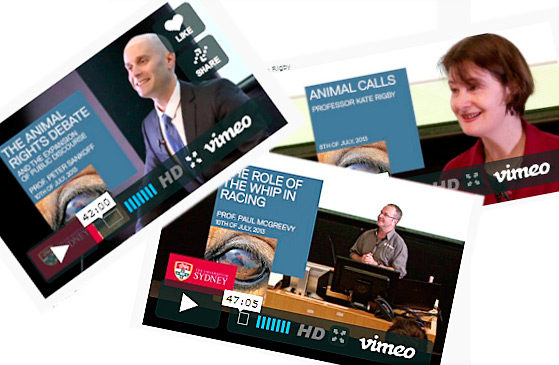This is what my presentation is about:
Sustainability and Animal Protection: How do they intersect, where do they collide?
Parts of the animal protection movement are skeptical of the concept of sustainability. This skepticism is justified in part due to the anthropocentric focus of the mainstream sustainability movement, coupled with a concern of measuring societal well-being primarily in economic value terms, and the pursuit of an economic model that continues to adhere to the growth paradigm. After all, it is these three overriding dimensions that inherently push non-human animals toward the margins (and over the edge) of societal concern, include them only in objectified form and perpetuate their exploitation for economic benefit in most abhorrent ways. However, this characterises only a part of the sustainability movement and there is potential for a deep alliance between sustainability and animal protection to advance both.
To further outline this argument, it is helpful to consider the different conceptualisations of sustainability and their historic roots. In short, we can differentiate between sustainability steeped in deep ecology and systems thinking at one end of a continuum, and the concept of sustainable development somewhat short of its original meaning reflected in the Brundtland report at the other end. In a simplified model, animal protection concerns are placed high on the agenda at the sustainability end of this continuum, and lowest at the sustainable development end. Moreover, the relationship between animal protection and sustainability is complicated based on the existence of a variety of different ethical foundations for sustainability thought as well as animal protection thought.
The concept of sustainable development, rather than sustainability, has been widely adopted by governments, academics and activists, to the detriment of animal protection. In order to illustrate this point, I focus the next part of the discussion on the model of the Green Economy. The Green Economy is an economic model to advance sustainable development and is built in particular on concepts of justice, efficiency, ecosystem services and growth. I outline how these concepts relate to animal protection issues, and how non-human animals are included and excluded from the sustainability transition under this model. It comes apparent, that under the Green Economy, and under the concept of sustainable development in general, sustainability and animal protection are in many ways played out against each other. I present critical examples of how these antagonistic forces come to bear in specific ways in the Asia-Pacific Region.
In the final part of this presentation, I give special consideration to the justice dimension as a normative concern that has significantly shaped advancements in sustainability thinking, as well as in the animal protection discourse. I conclude by carving out this common ground and by applying the spectrum of ecojustice, distributive, participatory and restorative justice to both, animal protection and sustainability.
Last edited 16.5.2014









